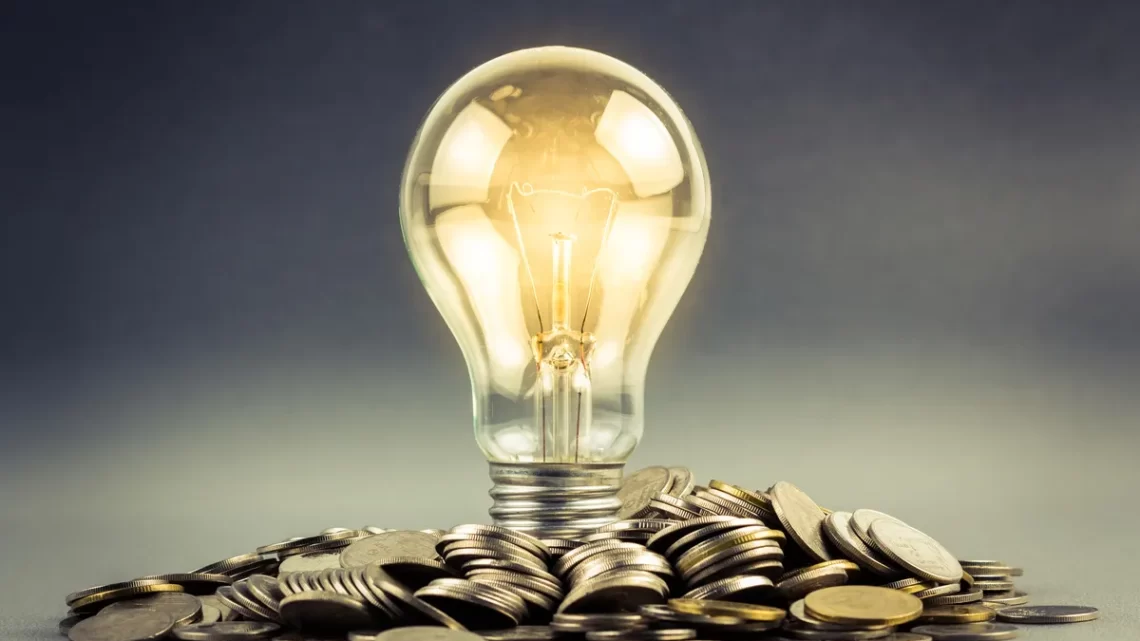
Strategies For Saving Money on Energy Bills
March 23, 2023Electric bills can be a major expense in your budget, but there are plenty of ways to save money without sacrificing too much time or effort. Plus, some of these strategies may even prove worthwhile in the long run!
One simple way to save energy is by turning off devices that aren’t in use. For instance, TVs and DVD players often have standby power consumption that can account for 10% of a household’s electricity bill.
1. Use a programmable thermostat
Programmable thermostats are an efficient way to save money on energy costs. They enable you to program a temperature schedule that adjusts according to your daily activities.
One of the biggest energy myths is that turning your heating or cooling system on and off uses less energy than maintaining a constant temperature in your house. While this may be true, it doesn’t mean you can simply set your thermostat higher for comfort when sleeping or away from home.
Realize that most of your energy costs come from maintaining a certain temperature for hours each day. By setting a programmable thermostat to automatically lower the temperature during extended periods when no one is home, you can drastically reduce energy usage and experience real savings.
2. Turn off devices that aren’t in use
Home appliances that consume energy even when turned off can still use power. This extra consumption, known as standby power or phantom load, accumulates over time and increases your energy bills.
But you can prevent the power from draining out of your appliances and other electrical devices, saving money on your electricity bill. All that’s required to do is unplug them when not in use.
One way to reduce phantom power usage is by using smart power strips. These small devices detect when you’re not using your electronics and cut off the current, cutting back on phantom power consumption and helping save you money on your energy bill.
3. Turn off the lights when you leave a room
Though it may seem like a small gesture, turning off the lights when leaving a room can save an incredible amount of energy. You can calculate exactly how much money you’re saving by checking each bulb’s watt rating in your home.
When using a 60-watt incandescent light bulb, switching it off for an hour can save.06 kilowatt hours of energy – amounting to $6.60 off your electric bill.
Switching off the lights when you leave a room is simple, and it can significantly reduce your monthly energy use. Furthermore, setting an example for others in your household to follow suit may inspire them to do the same. So make it a habit of turning off the lights when leaving each room now!
4. Get an energy audit
Saving money on energy bills is possible, and one of the best ways to do it is getting an energy audit. This professional service evaluates your home’s energy efficiency and makes suggestions on how it can be improved.
An energy audit not only saves you money on your electricity bill, but it can also increase the value of your home. According to one recent study, improving a home’s energy efficiency could add up to 10% onto its asking price.
A qualified energy auditor will use a blower door test to measure how drafty your home is and thermal infrared scans to identify missing insulation or other problems. They’ll provide recommendations for fixing these issues as well as assistance with taking advantage of available government rebates.
5. Install energy-efficient appliances
Energy-saving appliances are an excellent way to save money on your utility bills. Even small changes can add up to significant savings over time.
When purchasing a new appliance, check for its Energy Guide label and whether it bears an ENERGY STAR logo. These models use up to 25% less energy than their conventional counterparts.
Energy-saving appliances not only save you money, but they also contribute to a cleaner environment by reducing greenhouse gas emissions. For instance, an ENERGY STAR certified dishwasher uses no more than 3.5 gallons of water per cycle as opposed to the more than 10 gallons some older models consume.





